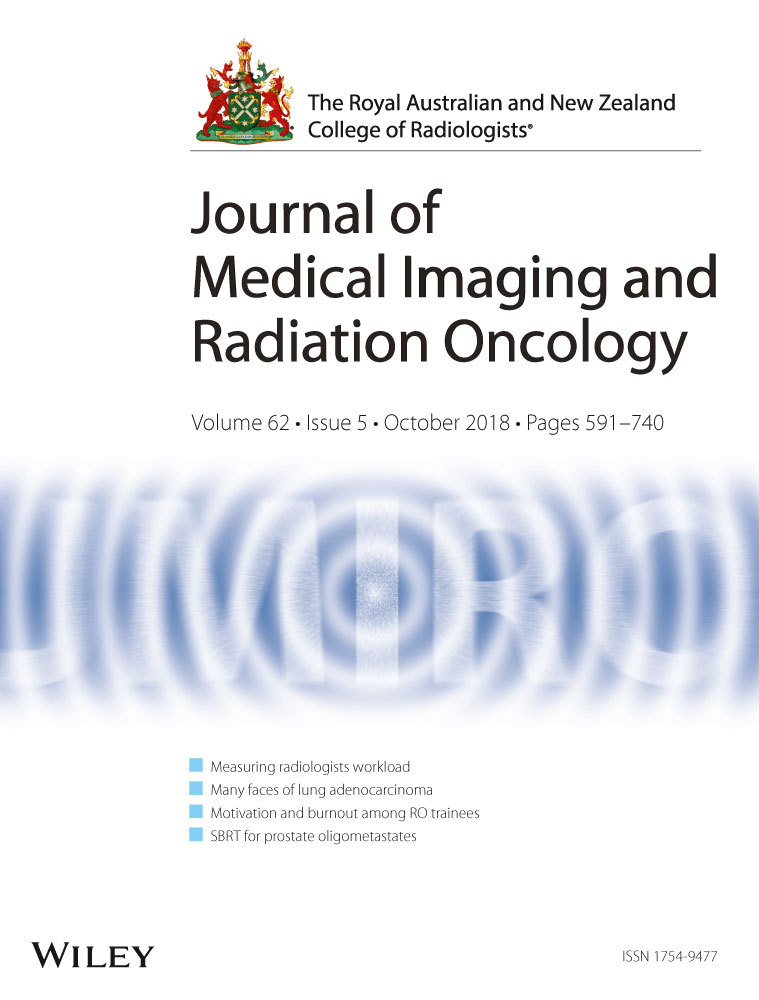Giant adrenal pseudocyst: A rare diagnosis
Summary
We present a rare case of giant adrenal pseudocyst as a cause of right upper quadrant (RUQ) pain and highlight the typical multimodality imaging features. The case demonstrates the imaging features associated with giant adrenal pseudocysts to aid accurate and timely diagnosis. Despite the rarity of these lesions they are important to consider as benign lesions can closely mimic malignant ones. Unenhanced and contrast-enhanced CT is the imaging of choice for adrenal cysts. However, MRI can provide more exquisite assessment of cystic, solid and enhancing components. Pseudocysts can be purely cystic, mixed or solid. Classically, adrenal pseudocysts are described as cystic lesions (of homogenous water density) with a fibrous wall and thin internal septations. Mural/septal calcification is commonly demonstrated due to haemorrhage, this is discernible from central/amorphous calcification seen in malignant disease. As in this case, pseudocysts can contain solid components or layering secondary to haemorrhage. The key to differentiating organised haematoma from tumour is the lack of enhancement. If serial imaging is undertaken in these patients rapid changes in the solid components may be seen reflecting resolving haematoma. Adrenal pseudocysts are rare and have a wide differential. Cystic adrenal lesions warrant multimodality assessment as their imaging features aid diagnosis and differentiation from malignant disease. We suggest that MRI plays a complimentary role to CT. CT is superior at demonstrating mural/septal calcification but MRI aids in determining cystic components and differentiating haemorrhage from tumour.




